How to Transform Your Email List Into a 7-Figure Sales Machine (Without Endless Launches)
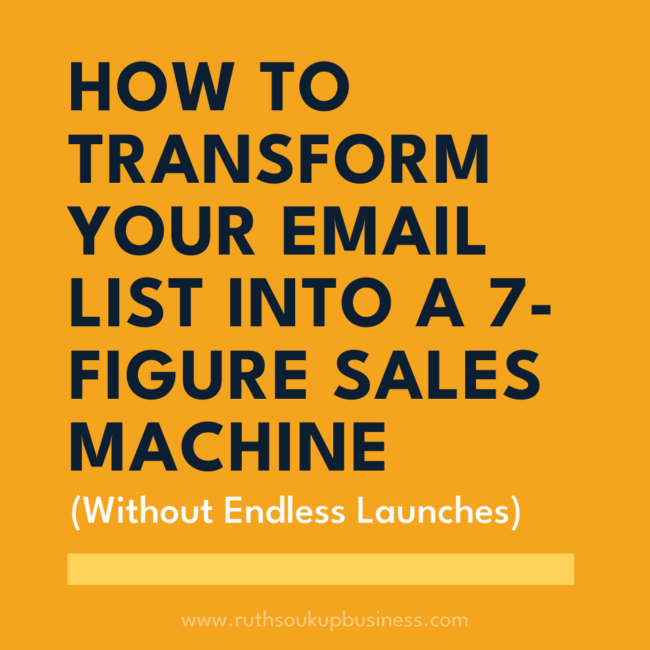
The Real Problem: It’s Not Your List Size—It’s Your Strategy
You’ve been told to “nurture your list.”
So you’ve done the work—sending newsletters, offering value, occasionally promoting your offers.
But your sales? Still totally unpredictable.
Your audience opens your emails… but doesn’t buy.
They consume your content… but don’t convert.
They feel passive. Disconnected. Maybe even a little bored.

It’s Time to Take Your Seat at the Big Table
Let’s be honest—there’s a difference between having a business… and being in the room where real growth happens.
Powerhouse is our private coaching experience for online entrepreneurs who are ready to scale past six figures—and step fully into their next-level leadership.
It’s the big kid’s table. The one where strategy matters more than hustle, and every conversation moves you forward.
If you know you’re meant for more, this is your invitation to join us.
Here’s the hard truth:
Most entrepreneurs aren’t nurturing wrong. They’re just doing it without a system.
They confuse “sending emails” with “creating buyers.”
An email list on its own isn’t an asset.
A strategically nurtured, properly trained, consistently converted audience?
That’s your million-dollar asset.
Without the right structure in place, your list becomes a drain—not a driver.
It costs you time, energy, and opportunity.
Let’s fix that—once and for all.
Ruth’s Story: From “Nice Email Lady” to Revenue Engine
I need to make a confession: When I first started building my email list back in 2010, I thought “nurturing” meant sending inspirational quotes and random updates about my latest blog posts.
I’d craft these beautiful, heartfelt emails… and hear crickets. My open rates were decent, but my sales? Practically non-existent.
It wasn’t until I’d burned through thousands in Facebook ad spend with barely any return that I realized something had to change. I wasn’t running a pen-pal service—I was running a business.
So I completely reengineered how I approached email. I stopped thinking in terms of “newsletters” and started thinking in terms of strategic sequences designed to:
- Indoctrinate new subscribers into my world and methodology
- Build belief in my approach and their ability to succeed with it
- Create buying behavior through strategic micro-conversions
The result? I turned that “polite but quiet” email list into a multi-million-dollar revenue engine—one that drives consistent sales whether I’m actively working or taking three weeks off with my family.
This email strategy became a cornerstone of how I’ve built four separate 7-figure brands, and it’s exactly what I teach my clients inside Powerhouse to implement in their own businesses.
Because when your email strategy shifts, your entire business shifts.
Nurture Isn’t About “Being Helpful”—It’s About Engineering Belief
Here’s where most business owners get it completely wrong. They think nurturing means “sending value.”
Helpful tips. Motivational Monday quotes. The occasional promotion when they need cash.
That’s not nurturing.
That’s babysitting.
Real nurturing is behavior engineering—it’s strategically designed to transform your subscribers’ beliefs about three things:
1. You and your methodology (building trust and authority)
2. What’s possible for them (creating hope and desire)
3. What they need to do next (driving action)
Your job as the CEO isn’t to be their email buddy. It’s to design an email ecosystem that predictably moves people toward a buying decision—without feeling sleazy, desperate, or spammy.
That’s what true “Inbox Influence” means. And it’s the difference between an email list that drains your energy and one that drives your empire.
Turn Passive Subscribers into Profitable Buyers: A Smarter Approach to Email Strategy
Your email list isn’t just a group of people to “nurture.”
It’s one of your most powerful assets—if you treat it strategically.
If you’re still just “sending weekly newsletters,” hoping your content eventually leads to sales, it’s time to rethink your approach.
Here’s how I think about email differently—and how we help clients inside Powerhouse build smarter, scalable email ecosystems that actually convert:
1. Use Your First 7 Days to Build Connection
The moment someone joins your list is when they’re most engaged—so don’t waste it.
Instead of a generic “Thanks for subscribing,” use that window to:
- Share who you are and what you believe
- Tell your origin story
- Set clear expectations
- Cast a vision for what’s possible when they work with you
You don’t need a complicated sequence.
You need clarity, consistency, and a reason for people to lean in.
2. Segment Intentionally (But Keep It Simple)
Not everyone on your list needs to hear the same thing.
One of the easiest wins you can create is tailoring your messaging based on what someone opted in for, what problem they’ve told you they have, or where they are in your funnel.
This doesn’t require fancy tech.
It just requires thinking ahead about the next best step for each segment.
3. Train Your Audience to Take Action
One of the biggest mistakes I see?
Email lists full of passive readers who never click, reply, or buy.
Instead, look for ways to build momentum:
- Ask one-click questions
- Share micro-offers that warm them up for your core offer
- Invite responses with low-lift questions that get them used to engaging
You’re not just delivering value—you’re training behavior.
4. Tell Better Stories
Information doesn’t convert. Stories do.
You don’t need dramatic testimonials or flashy results to do this well. You need to:
- Share your own turning points and mindset shifts
- Illustrate transformation with relatable examples
- Help people see themselves in the before-and-after
This is how you move from “interesting content” to irresistible offers.
5. Automate What Matters, Stay Human Where It Counts
A well-structured email system doesn’t mean your emails feel robotic.
It means your best content keeps working for you—on autopilot—while you focus on the human touchpoints that matter most.
Think:
- Evergreen sequences that nurture and sell
- Live updates layered in seasonally for urgency or connection
- A rhythm that builds trust over time without burning you out
The goal isn’t more emails—it’s better systems that turn your list into a scalable sales engine.
Your Email List Is an Asset (Only If You Treat It Like One)
Here’s the belief that’s going to change everything for you:
You’re not building a list. You’re building a sales machine.
It’s not about sending more emails.
It’s about sending the right emails—to the right people—in the right sequence—with the right belief shifts baked in.
Once you start treating your email list like the strategic asset it is, everything changes.
You’re not “building relationships.” You’re building buyers.
You’re not “sending value.” You’re engineering transformations.
You’re not “hoping for sales.” You’re creating them—on demand.
Systems create freedom. And your email system is the foundation of sustainable 7-figure growth.
FAQ: Email List Strategy for Scaling to 7 Figures
1. Why isn’t my email list converting into sales?
Because you’re probably sending emails… not building belief. A converting list isn’t just “nurtured”—it’s strategically conditioned. You need clear messaging, intentional sequencing, and behavior-driving content that moves subscribers toward action, not just engagement.
2. What should I include in my welcome sequence?
Focus on building connection and trust in the first 7 days. That includes your story, your methodology, what you stand for, and what to expect from you. The goal isn’t just information—it’s indoctrination. You’re training your audience to trust you and take action.
3. Do I need complicated segmentation to scale?
Nope. Keep it simple. Segment based on the lead magnet, pain point, or funnel stage. One clear question—“What’s the next best step for this person?”—can guide your segmentation without fancy tools.
4. How often should I email my list?
Consistency beats frequency. A weekly rhythm works well for most businesses—but only if every email is strategic. More important than how often is what you’re saying and why. Always lead with relevance and results.
5. What makes a high-converting email sequence?
It builds belief. A high-converting sequence walks your reader through a transformation:
- What’s possible
- Why it matters now
- Why you’re the right guide
- How your offer bridges the gap
If it just “delivers value,” it’s incomplete. It needs to move them to action.
6. Can I automate my emails without losing the personal touch?
Yes. Automate what’s predictable (like welcome sequences and evergreen nurture), and stay personal where it counts (like responses, launches, or real-time updates). Automation shouldn’t feel robotic—it should create space for deeper connection.
Ready to Build Your Evergreen Sales Machine?
If you’re ready to:
- Turn your quiet list into a daily sales machine (even when you’re not actively promoting)
- Create strategic email sequences that convert subscribers into buyers
- Install the evergreen systems that run without you having to hustle 24/7
Then you need the Firestarter Training—my free masterclass that reveals the exact framework I’ve used to build four 7-figure brands.
Inside, you’ll discover the complete Powerhouse Freedom Path that has helped my clients double their revenue while cutting their workload in half. You’ll see exactly how to implement these strategies as part of a complete business ecosystem that generates consistent sales without the constant grind of launching.
Because scaling to 7 figures isn’t about working harder.
It’s about working smarter.
Get instant access to Firestarter.
Your next million starts with your list. Let’s build it right.

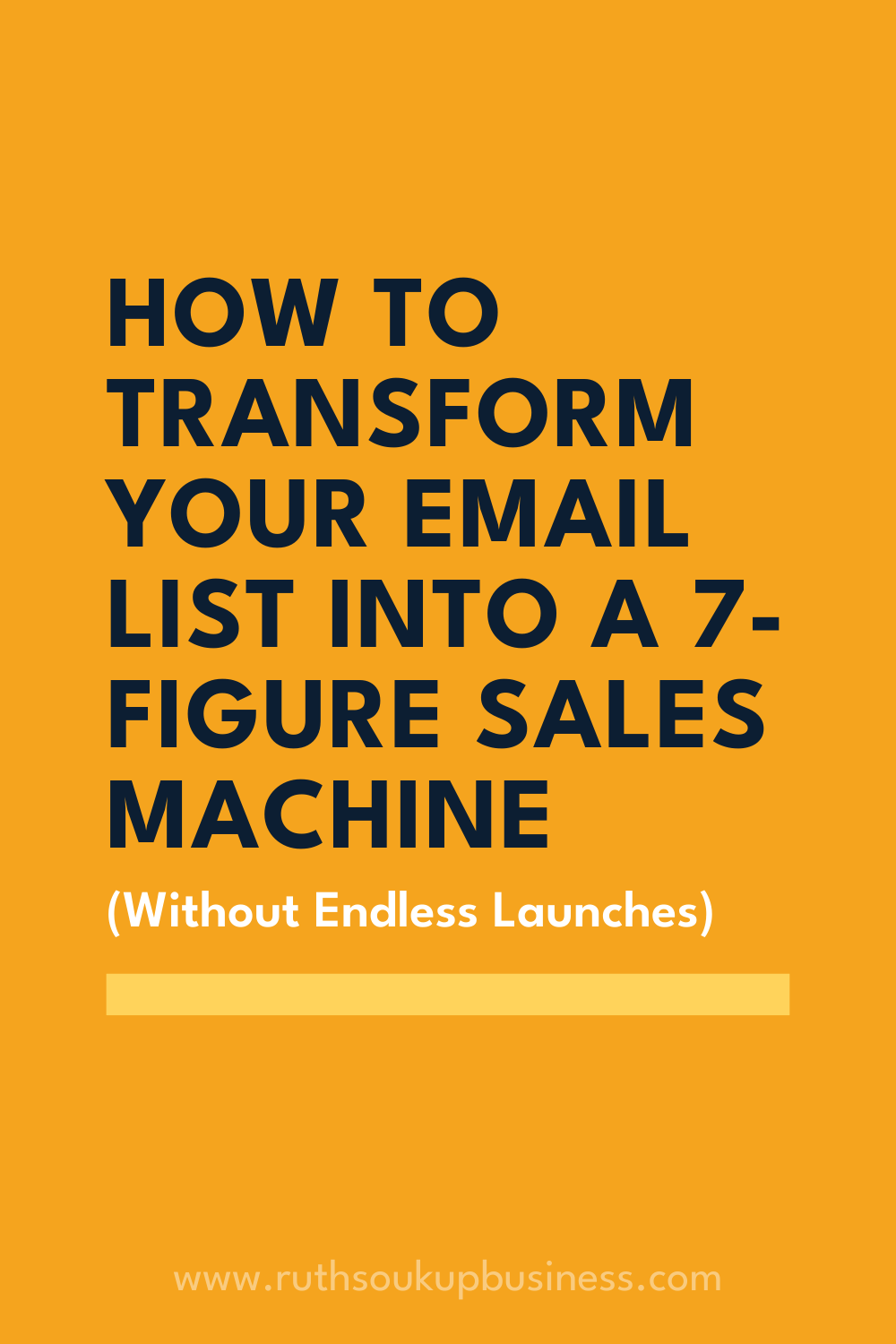
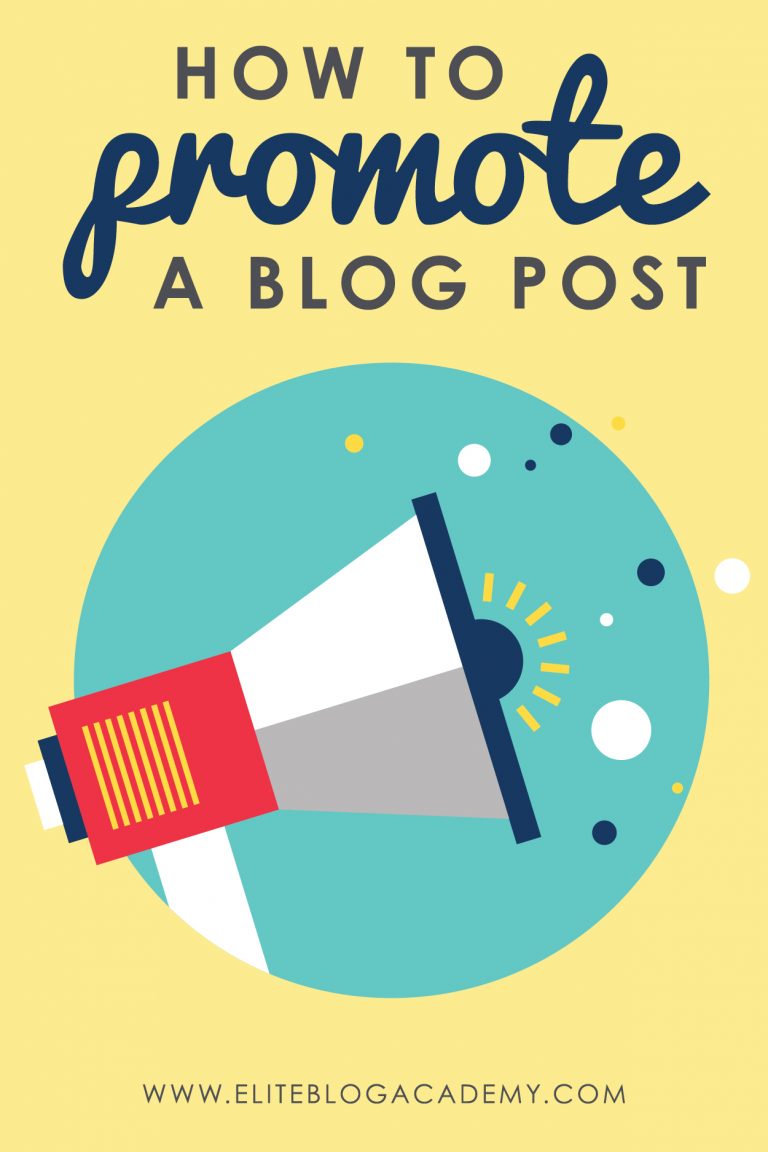
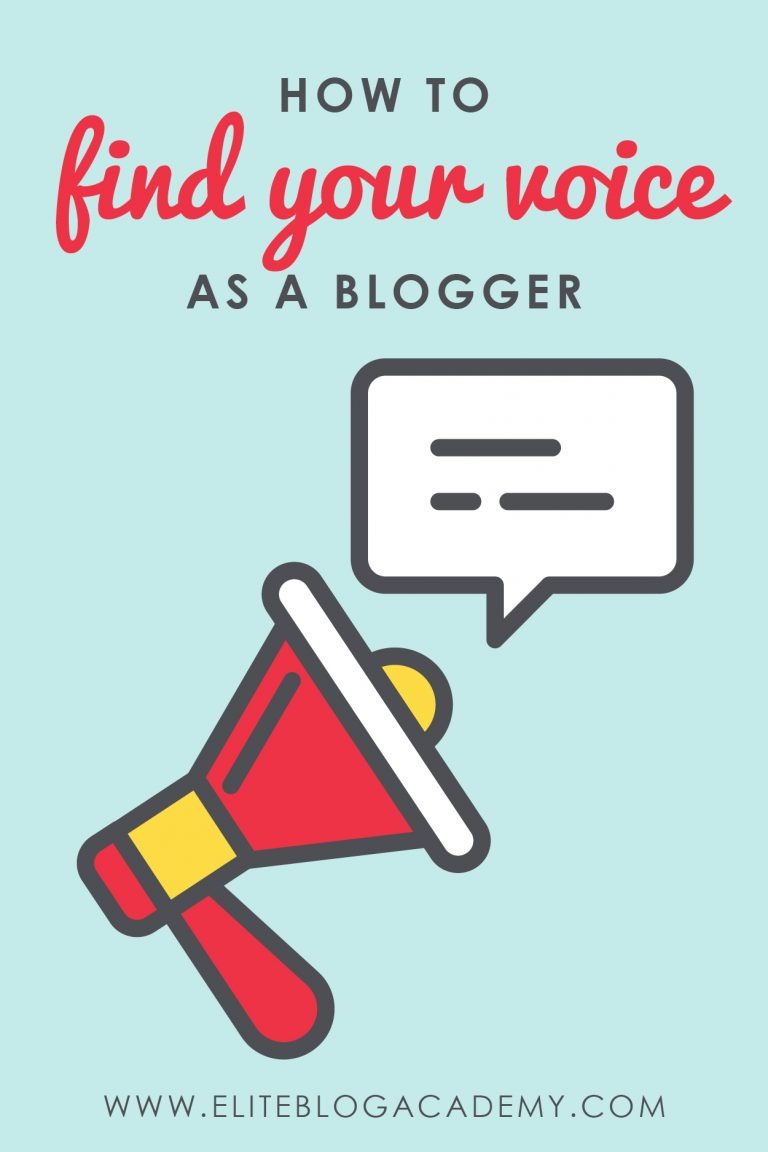
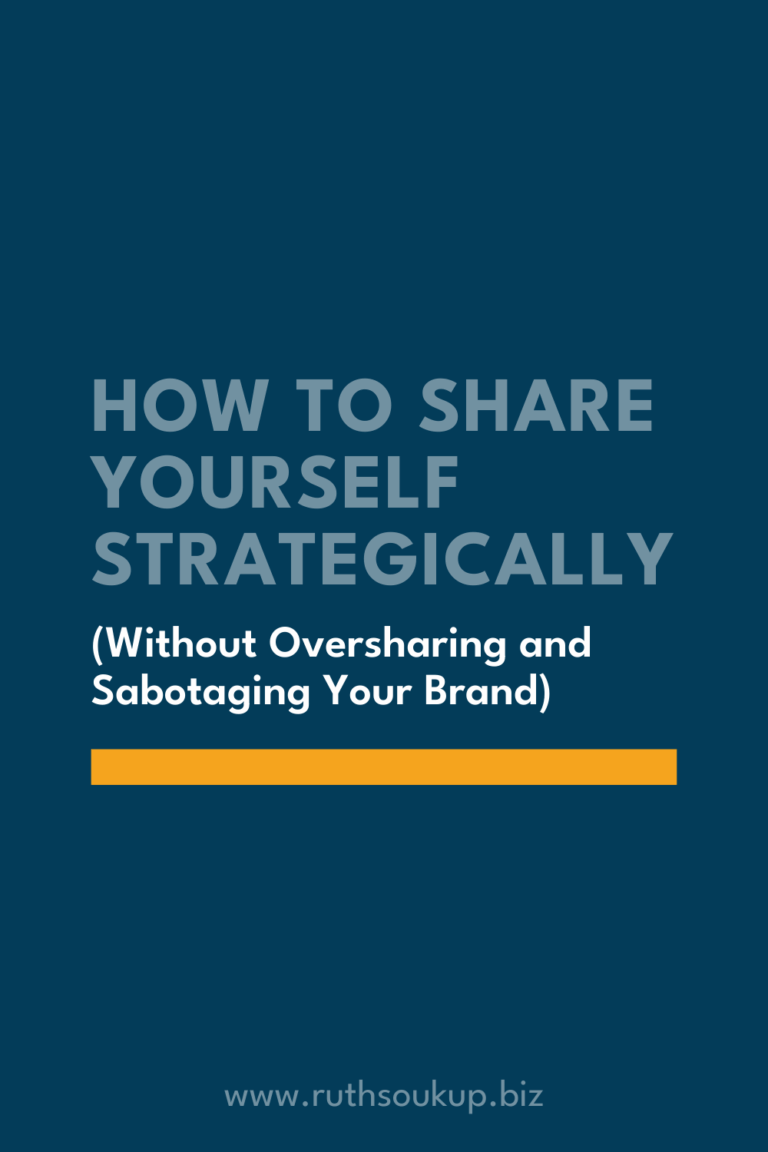
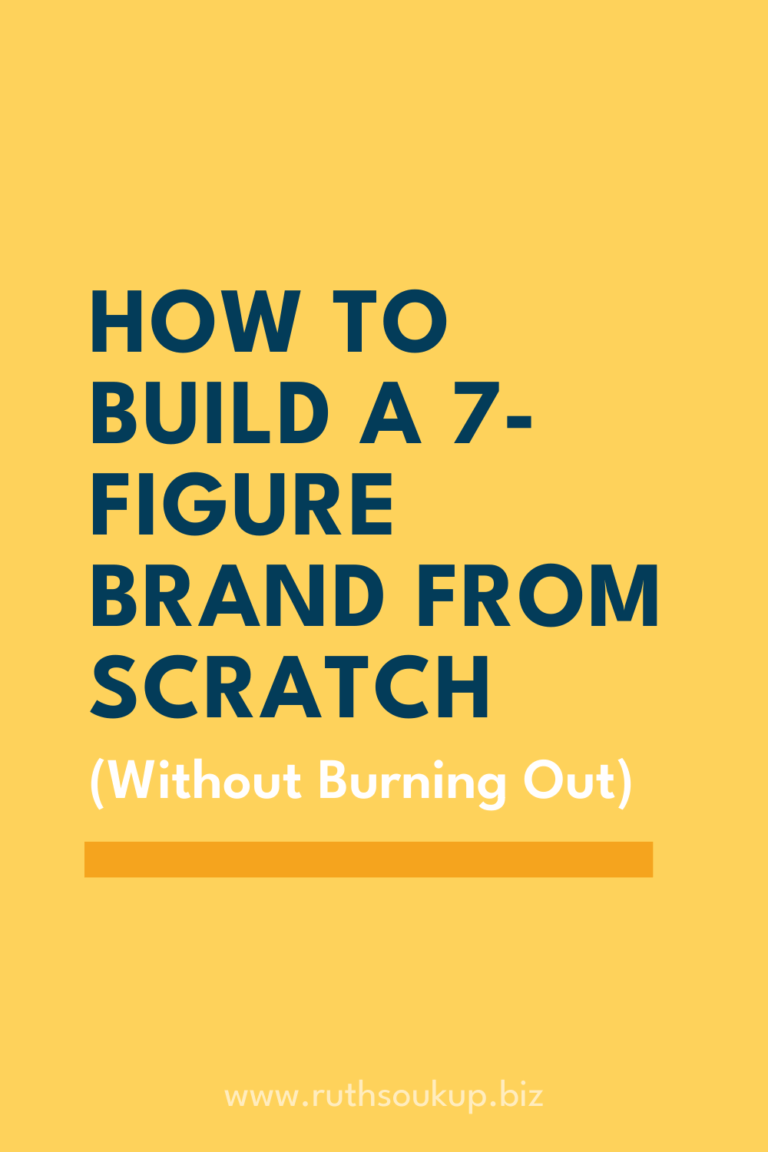
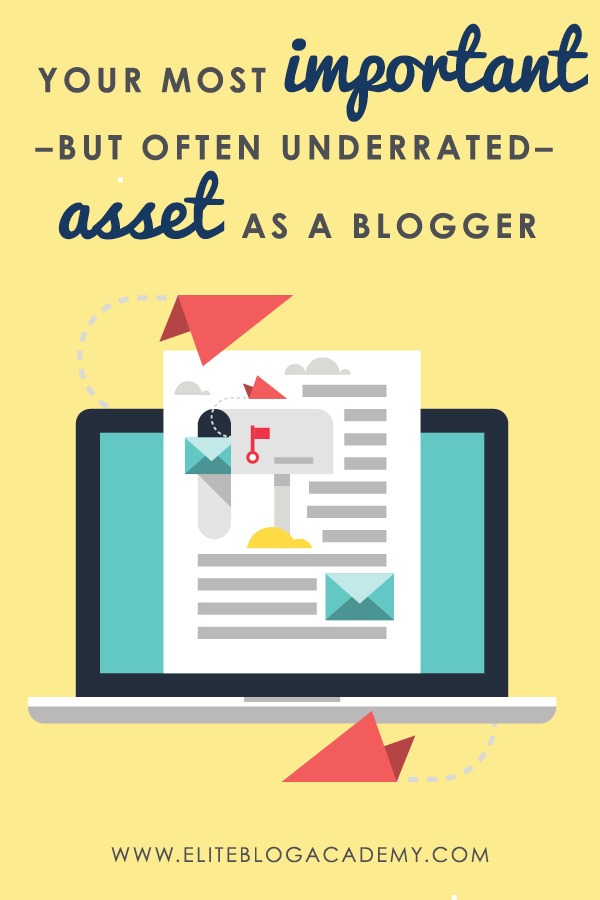
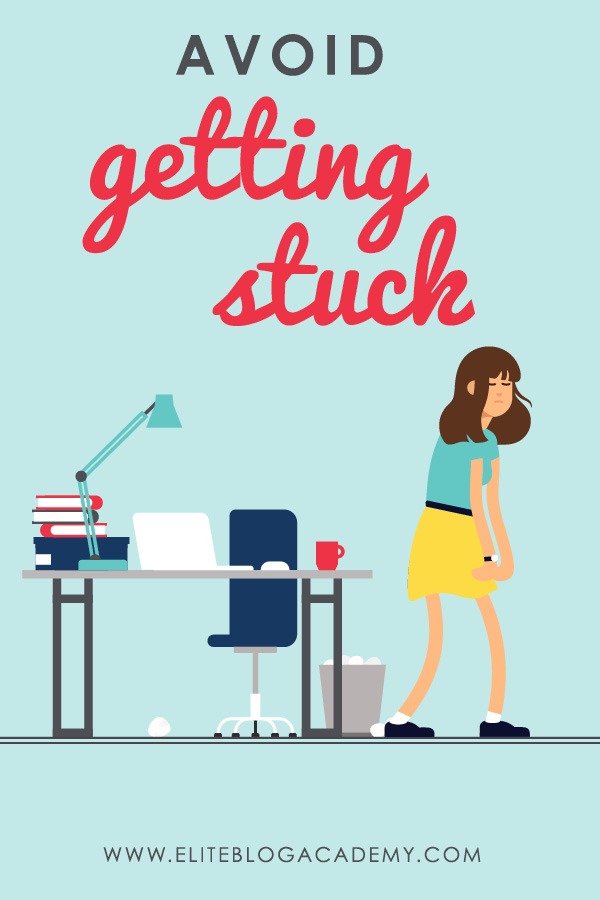
Although I`ve been struggling with getting any subscribers. . . I am really grateful for this newsletter guide. And everything you share.
Bookmarked, maybe there`ll be a day I turn back to it in the need of turning my subscribers into inspired loyal followers, as much as You, my dear Ruth, did it to me.